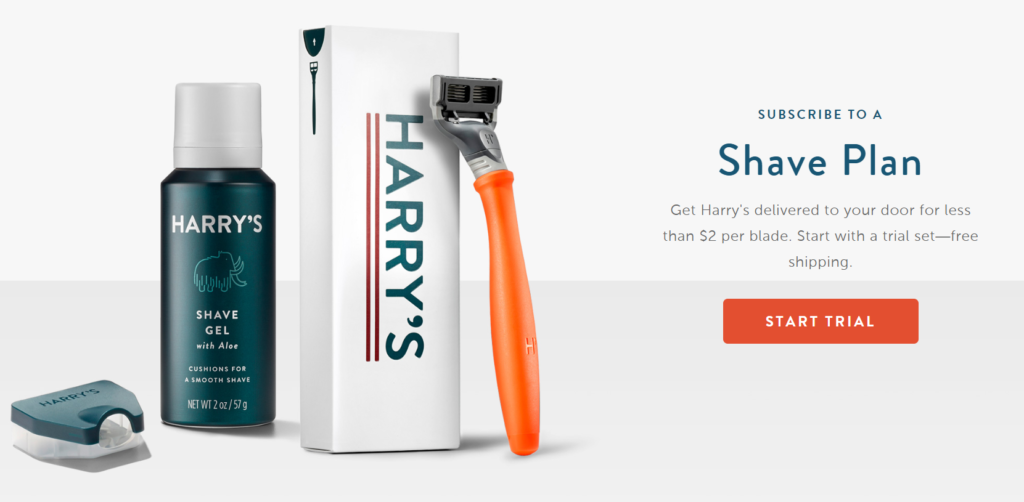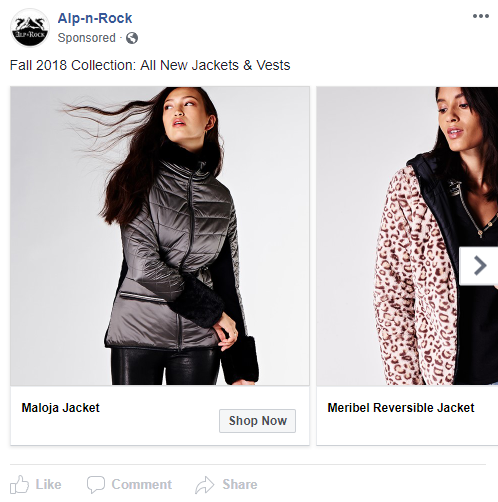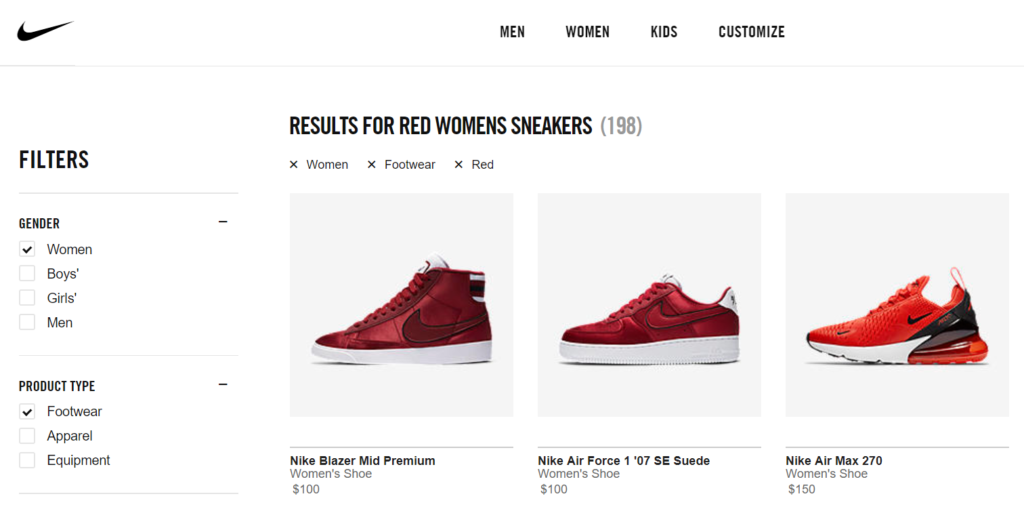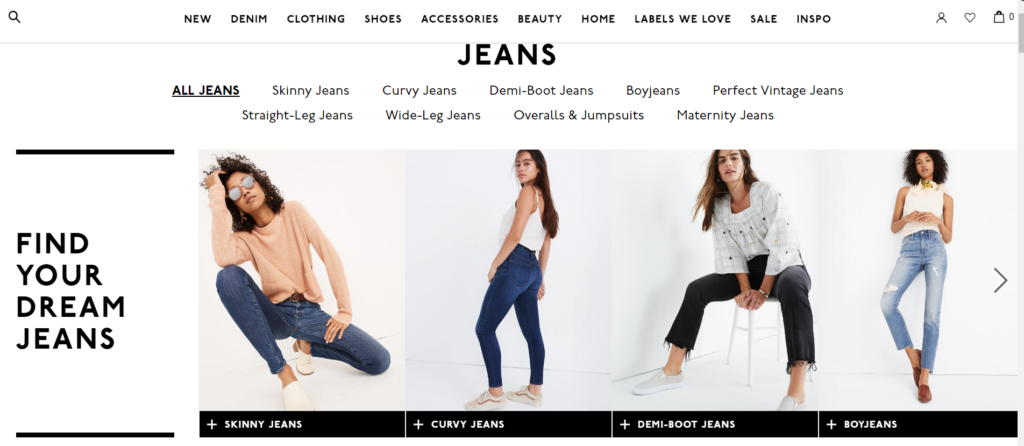When it comes to success in ecommerce, merchandising is key.
The right digital merchandising strategy can engage your shoppers, guide them toward enticing products and boost your sales and long-term loyalty to boot — basically the dream for any ecommerce business owner.
Still, landing on that perfect optimization strategy is harder than it seems. There are dozens of techniques, tools, and approaches you can use, each one of their own pros and cons.

And let’s not forget the uphill battle of it all: you’re trying to get customers to put down their hard-earned money — and that will never come easy.
The challenge here is making them want to spend that cash, as well as making the process easy and painless along the way.
Haven’t quite honed in on the right product merchandising approach for your ecommerce business? Then give these strategies a whirl:
1. Hone in as much as possible.
Merchandising is only as effective as it is targeted. Showing a bunch of razors and aftershave to young, female shoppers likely isn’t the best move for long-term success.
But guiding your 30 to 50-year-old male buyers in that direction? That’s a more fitting strategy.

As seen in the example below, Facebook advertising offers unique targeting options based on demographics, interest, or behaviors.

Make sure your visual merchandising choices are tightly tied to the products currently being browsed/purchased. You can also use historical customer data and analytics to create segmented merchandising campaigns that more accurately fit the person shopping.
Did you know that customer retention is the most cost-effective method of driving growth for most businesses?
Although as much as 80% of marketing budgets is spent on mass acquisition initiatives, research shows that the path to profitable growth is through the customers you already have.
Today’s leading retailers are placing more focus on retaining their customers while they’re active — a strategy that, point for point, can drive three times the growth of customer acquisition.

-Kira Byrne, Demand Generation Manager at Custora
Of course – ultimately you should aim to merchandise at all levels — price point, product type, product use, size, color, etc.
The more you can hone in on the shopper’s exact needs and wants, the better.

2. Make product discovery easy.
Any good ecommerce site should have product discovery built into its core.
There should be a constantly updating array of featured items, banners, and trending products that change regularly (and are based on what a customer is browsing, what’s new and what they most recently purchased.)

This is especially important if you’re looking to get more traction from existing customers. They already love your brand, but they can’t purchase your newer products if they don’t know they exist!
Make sure you have plenty of site real estate devoted to new and trending items that your customers might find appealing.
One of our clients, Alp-n-Rock, found success by increasing orders through a sophisticated Facebook Dynamic Ads strategy that promoted cross-sell and upsell opportunities.
For example, if a customer purchased a pair of yoga pants, we targeted that same buyer with a Facebook Dynamic Ad featuring a complimentary yoga tank.
Or if someone purchased Spring gear four months ago (and is in the Past Buyers 120 Days audience), when Alp-n-Rock launched their new Fall line, we targeted the customer with an ad to bring them back for a repeat purchase.

3. Use your site’s search function to your advantage.
Many of your customers will have an idea of what they’re looking for, but they’ll need your help to find the perfect fit. Your site’s search function can help leverage this need and boost sales as a result.

Program your search tool to use visual merchandising instead of just straight text-only lists and results. When a customer types in a search term, take them to a page of visual results in the category they’re searching in.
For example, if they type in “boots,” route them to a page of boots available in the most recent size they purchased. If they type in “jeans,” send them to a page of jean options that coordinate with the top currently in their cart.

Help them discover easily and quickly the items that fit their needs and go with their personal style and tastes.
This approach is particularly effective in fashion merchandising, where styling recommendations can go a long way in encouraging sales.
4. Do You Have the Right Data?
The key to any solid ecommerce merchandising process is robust, detailed customer data, so make sure you have access to it.
Enable Google Analytics to spot conversion and pathway trends, and utilize customer account and purchase data to segment and personalize your approach.

Your specific ecommerce platform may have its own built-in metrics tools as well (like Amazon, for example), so make sure you tune into that as well.
5. Keep it simple.
Remember, the end-goal is for the customer to enjoy shopping on your site.
To do this, they need to first find the products that fit their needs, budget and preferences, and second, be able to find those items easily and without much hassle.

If you can make both of those happen, then you’re on solid ground in terms of sales and customer satisfaction.
A Final Note: Why SEO Matters
Let’s face it: most ecommerce traffic begins with a search engine — and 67% of that web traffic goes to the first five results on the SERP.
It’s safe to say that if your brand’s product and category pages aren’t on the first page for your main keywords, then you miss out on a ton of traffic and customers.
If that’s the case, then it’s time to give your website an SEO audit and implement on-page and technical ecommerce SEO best practices to better rank for target keywords, improve click-through rate, rank higher on the SERP, and ultimately bring in more customers.
“While Amazon’s search engine is important for shopper conversions, Google is still the number one organic search engine. The biggest advantage brands get when they optimize their website to rank organically is the ability to engage shoppers at every point in their journey to purchase.”

-Leanna Kelly, Growth Marketing Manager, Web & SEO at CPC Strategy
Need more help with your ecommerce merchandizing or SEO strategy? Email [email protected].
You Might Be Interested In












